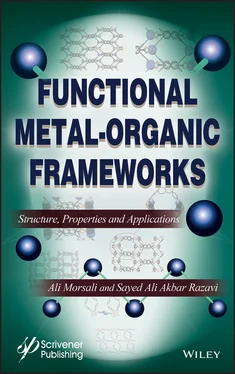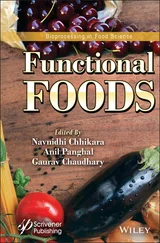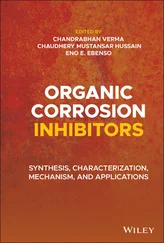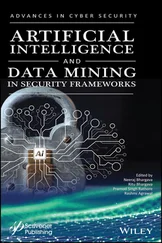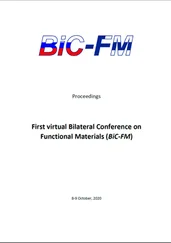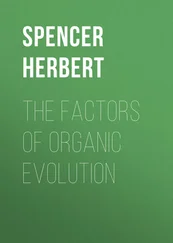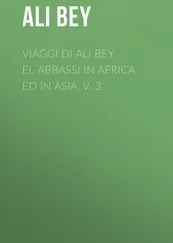
Figure 1.6 Classification of organic functional groups which are applied in synthesis of FMOFs based on their chemical characteristics and structural properties.

Figure 1.7 Common coordinating functional groups in the structure of FMOFs.
Guest-interactive functions are those enabling to interact with guest-molecules for special purpose. In this regard, the guest-interactive functions must remain free during the synthesis of FMOFs or introduced in the framework through post-synthesis modification. Almost all functions applied as guest interactive site to sensitize the FMOFs to special guest.
The next chapters of this book are structured based on these two approaches and effects of any function on the structure and application of FMOFs are discussed in details.

Figure 1.8 Functional groups as guest-interactive sites inside the structure of FMOFs and position of some of common functional groups.
1. Zdravkov, B., Čermák, J., Šefara, M., Janků, J., Pore classification in the characterization of porous materials: A perspective. Open Chem. , 5, 385–395, 2007.
2. Davis, M.E., Ordered porous materials for emerging applications. Nature , 417, 813–821, 2002.
3. Parnham, E.R. and Morris, R.E., Ionothermal synthesis of zeolites, metal–organic frameworks, and inorganic–organic hybrids. Acc. Chem. Res. , 40, 1005–1013, 2007.
4. Tranchemontagne, D.J., Mendoza-Cortés, J.L., O’Keeffe, M., Yaghi, O.M., Secondary building units, nets and bonding in the chemistry of metal–organic frameworks. Chem. Soc. Rev. , 38, 1257–1283, 2009.
5. Perez, E.V., Karunaweera, C., Musselman, I.H., Balkus, K.J., Ferraris, J.P., Origins and evolution of inorganic-based and MOF-based mixed-matrix membranes for gas separations. Processes , 4, 32, 2016.
6. Bennett, T.D. and Horike, S., Liquid, glass and amorphous solid states of coordination polymers and metal–organic frameworks. Nat. Rev. Mater. , 3, 431–440, 2018.
7. Biradha, K., Ramanan, A., Vittal, J.J., Coordination polymers versus metal–organic frameworks. Cryst. Growth Des. , 9, 2969–2970, 2009.
8. Batten, S.R., Champness, N.R., Chen, X.-M., Garcia-Martinez, J., Kitagawa, S., Öhrström, L., O’Keeffe, M., Suh, M.P., Reedijk, J., Coordination polymers, metal–organic frameworks and the need for terminology guidelines. CrystEngComm , 14, 3001–3004, 2012.
9. Yaghi, O.M., Li, G., Li, H., Selective binding and removal of guests in a microporous metal–organic framework. Nature , 378, 703, 1995.
10. Czaja, A.U., Trukhan, N., Müller, U., Industrial applications of metal–organic frameworks. Chem. Soc. Rev. , 38, 1284–1293, 2009.
11. Kirchon, A., Feng, L., Drake, H.F., Joseph, E.A., Zhou, H.-C., From fundamentals to applications: A toolbox for robust and multifunctional MOF materials. Chem. Soc. Rev. , 47, 23, 8611–8638, 2018.
12. Long, J.R. and Yaghi, O.M., The pervasive chemistry of metal–organic frameworks. Chem. Soc. Rev. , 38, 1213–1214, 2009.
13. Butova, V.V.E., Soldatov, M.A., Guda, A.A., Lomachenko, K.A., Lamberti, C., Metal–organic frameworks: Structure, properties, methods of synthesis and characterization. Russ. Chem. Rev. , 85, 280, 2016.
14. Ali Akbar Razavi, S. and Morsali, A., Linker functionalized metal–organic frameworks. Coord. Chem. Rev. , 399, 213023, 2019.
15. Bai, Y., Dou, Y., Xie, L.-H., Rutledge, W., Li, J.-R., Zhou, H.-C., Zr-based metal–organic frameworks: Design, synthesis, structure, and applications. Chem. Soc. Rev. , 45, 2327–2367, 2016.
16. Li, B., Wen, H.M., Cui, Y., Zhou, W., Qian, G., Chen, B., Emerging multifunctional metal–organic framework materials. Adv. Mater. , 28, 40, 8819–8860 2016.
17. Cohen, S.M., Postsynthetic Methods for the Functionalization of Metal–Organic Frameworks. Chem. Rev. , 112, 970–1000, 2012.
18. Deria, P., Mondloch, J.E., Karagiaridi, O., Bury, W., Hupp, J.T., Farha, O.K., Beyond post-synthesis modification: Evolution of metal–organic frameworks via building block replacement. Chem. Soc. Rev. , 43, 5896–5912, 2014.
19. Sumida, K., Rogow, D.L., Mason, J.A., McDonald, T.M., Bloch, E.D., Herm, Z.R., Bae, T.-H., Long, J.R., Carbon dioxide capture in metal–organic frameworks. Chem. Rev. , 112, 724–781, 2011.
20. Getman, R.B., Bae, Y.-S., Wilmer, C.E., Snurr, R.Q., Review and analysis of molecular simulations of methane, hydrogen, and acetylene storage in metal–organic frameworks. Chem. Rev. , 112, 703–723, 2011.
21. Mason, J.A., Veenstra, M., Long, J.R., Evaluating metal–organic frameworks for natural gas storage. Chem. Sci. , 5, 32–51, 2014.
22. He, Y., Zhou, W., Qian, G., Chen, B., Methane storage in metal–organic frameworks. Chem. Soc. Rev. , 43, 5657–5678, 2014.
23. Murray, L.J., Dincă, M., Long, J.R., Hydrogen storage in metal–organic frameworks. Chem. Soc. Rev. , 38, 1294–1314, 2009.
24. Corma, A., García, H., Llabrés i Xamena, F., Engineering metal organic frameworks for heterogeneous catalysis. Chem. Rev. , 110, 4606–4655, 2010.
25. Huang, Y.-B., Liang, J., Wang, X.-S., Cao, R., Multifunctional metal–organic framework catalysts: Synergistic catalysis and tandem reactions. Chem. Soc. Rev. , 46, 126–157, 2017.
26. Dolgopolova, E.A., Rice, A.M., Martin, C.R., Shustova, N.B., Photochemistry and photophysics of MOFs: Steps towards MOF-based sensing enhancements. Chem. Soc. Rev. , 47, 4710–4728, 2018.
27. Zhang, T. and Lin, W., Metal–organic frameworks for artificial photosynthesis and photocatalysis. Chem. Soc. Rev. , 43, 5982–5993, 2014.
28. Wang, C.-C., Li, J.-R., Lv, X.-L., Zhang, Y.-Q., Guo, G., Photocatalytic organic pollutants degradation in metal–organic frameworks. Energy Environ. Sci. , 7, 2831–2867, 2014.
29. Cui, Y., Yue, Y., Qian, G., Chen, B., Luminescent functional metal–organic frameworks. Chem. Rev. , 112, 1126–1162, 2011.
30. Kreno, L.E., Leong, K., Farha, O.K., Allendorf, M., Van Duyne, R.P., Hupp, J.T., Metal–organic framework materials as chemical sensors. Chem. Rev. , 112, 1105–1125, 2011.
31. Razavi, S.A.A. and Morsali, A., Metal ion detection using luminescent-MOFs: Principles, strategies and roadmap. Coord. Chem. Rev. , 415, 213299, 2020.
32. Hu, M.-L., Razavi, S.A.A., Piroozzadeh, M., Morsali, A., Sensing organic analytes by metal–organic frameworks: A new way of considering the topic. Inorg. Chem. Front. , 7, 1598–1632, 2020.
33. Lustig, W.P., Mukherjee, S., Rudd, N.D., Desai, A.V., Li, J., Ghosh, S.K., Metal–organic frameworks: functional luminescent and photonic materials for sensing applications. Chem. Soc. Rev. , 46, 3242–3285, 2017.
34. DeCoste, J.B. and Peterson, G.W., Metal–organic frameworks for air purification of toxic chemicals. Chem. Rev. , 114, 5695–5727, 2014.
35. Li, J., Wang, X., Zhao, G., Chen, C., Chai, Z., Alsaedi, A., Hayat, T., Wang, X., Metal–organic framework-based materials: superior adsorbents for the capture of toxic and radioactive metal ions. Chem. Soc. Rev. , 47, 2322–2356, 2018.
Читать дальше
